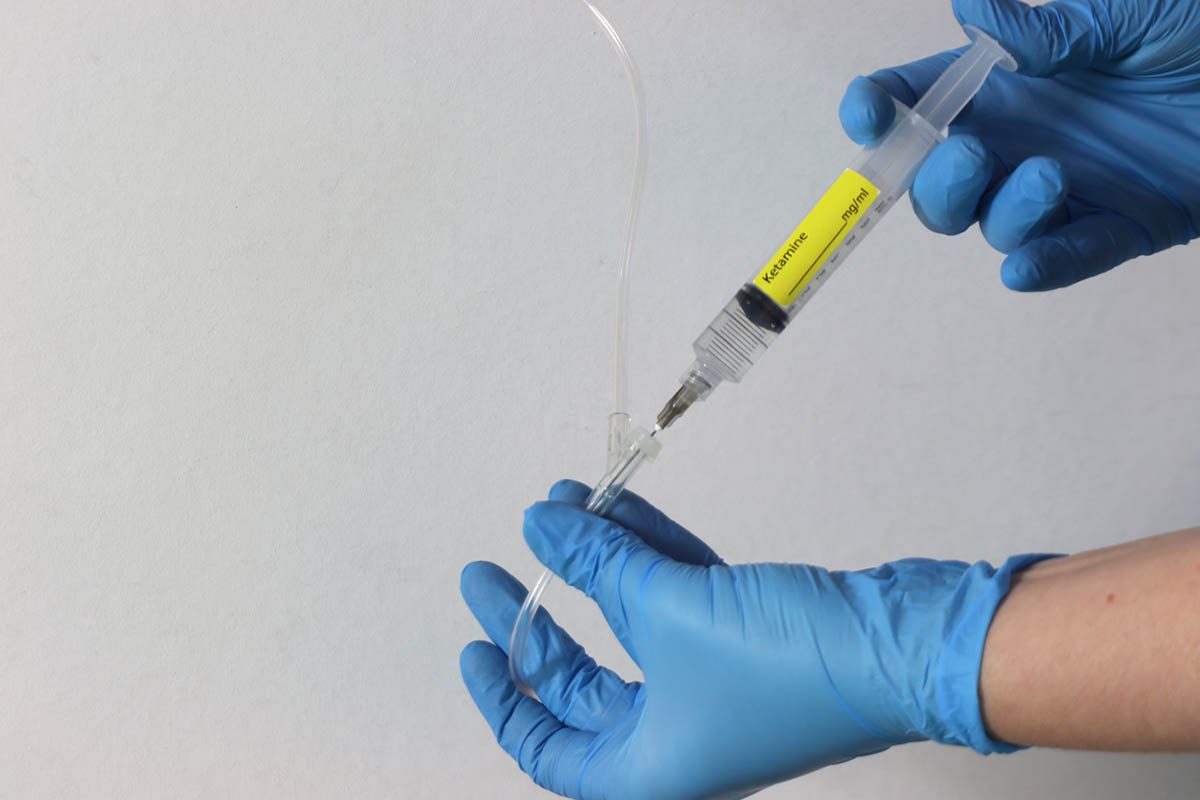Objective: Electroconvulsive therapy (ECT) is the most robust acute treatment for severe major depressive disorder, yet clinical response is variable. Inflammation is associated with depression, especially in women, and levels of C-reactive protein (CRP) and interleukin (IL)-6 predict response to antidepressant medications. This study evaluated whether markers of inflammation predicted response to electroconvulsive therapy (ECT) in patients with treatment-resistant depression and to what extent this association differed between men and women.
Methods: In patients (N = 29) who had a current major depressive episode diagnosed using DSM-IV-TR criteria and were scheduled to undergo ECT at an academic referral center, levels of CRP, IL-6, IL-8, and tumor necrosis factor-α and severity of depressive symptoms (Montgomery-Asberg Depression Rating Scale [MADRS]) were prospectively evaluated before ECT treatment, after the second ECT session, and again at the completion of the index treatment series. Data were collected between December 2011 and December 2014. The primary outcome was end-of-treatment MADRS score.
Results: In multivariate analyses, higher levels of IL-6 at baseline, but not other inflammatory markers or clinical variables, were associated with lower end-of-treatment MADRS score (P = .01). When stratified by sex, IL-6 remained a significant predictor of end-of-treatment MADRS for women (P = .02) but not men (P = .1), and CRP emerged as a significant predictor for women (P = .04) but not men (P = .66). CRP and IL-6 increased from baseline to the second ECT session (P values < .01) and returned to baseline levels at end of treatment; these changes did not relate to MADRS score over the course of ECT.
Conclusions: Levels of IL-6 prior to ECT treatment may be useful in identifying those depressed patients most likely to benefit from ECT treatment. In contrast, acute changes in IL-6 and CRP may reflect spikes in inflammatory response related to the initiation of seizure therapy, but not mood. Assessment of pretreatment inflammatory biomarkers, especially in women, might be useful in guiding treatment decision-making in treatment-resistant depression.
Continue Reading...
Members enjoy unlimited free PDF downloads as part of their subscription! Subscribe today for instant access to this article and our entire library in your preferred format. Alternatively, you can purchase the PDF of this article individually.
Please sign in or purchase this PDF for $40.00.
Already a member? Login




